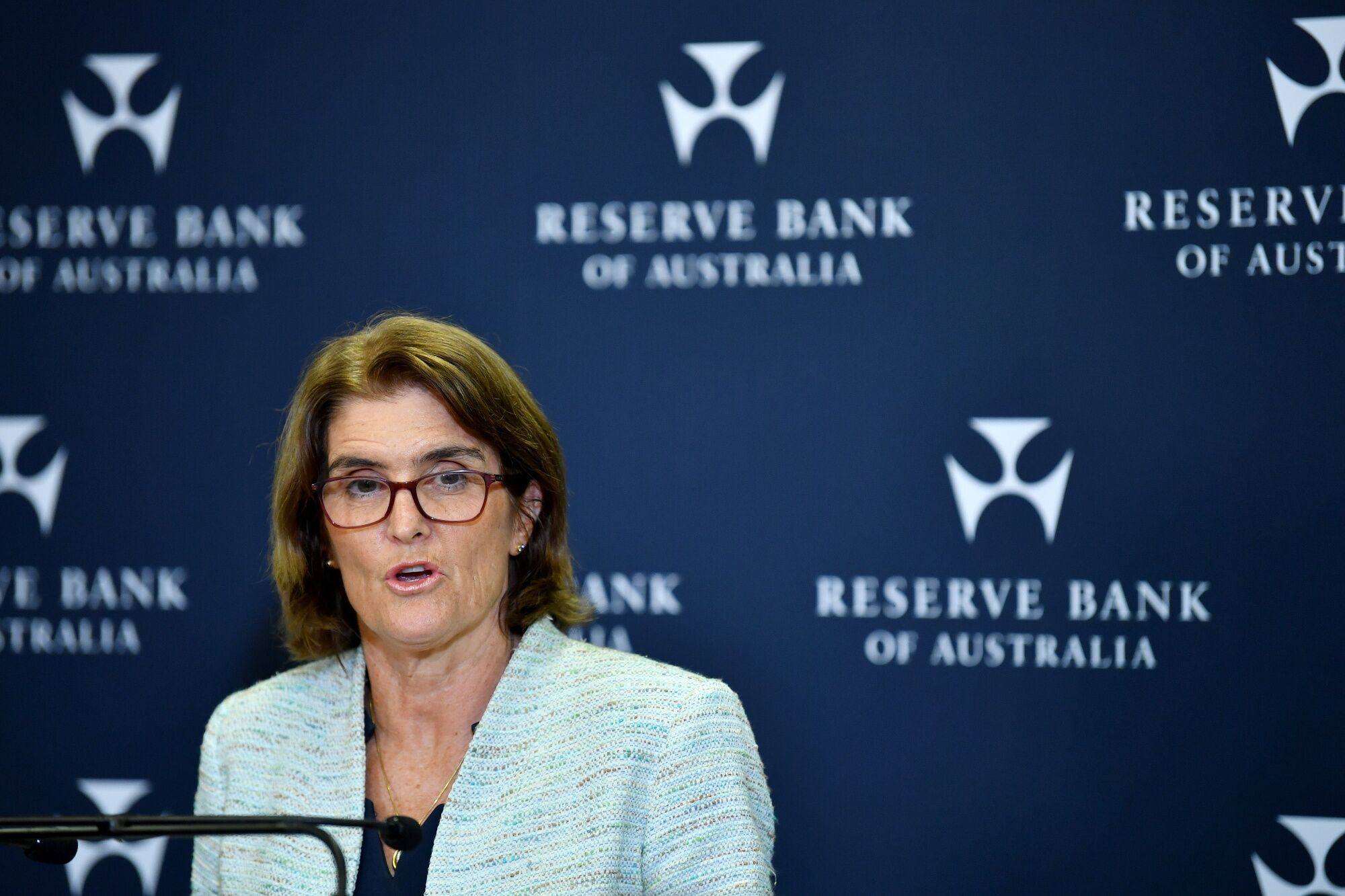
Are Asia’s property markets too resilient for their own good?
- Compared to markets in the US and Europe, both prices and rental yields have been slow to adjust. As a result, affordability has taken a hit and investors are thinking twice
- Yet, amid fear of financial contagion elsewhere, Asia’s strong underlying fundamentals, especially in the commercial sector, are undoubtedly an asset
The turmoil in the United States commercial property industry – in particular the vulnerable office market – spread to Europe last week when the bonds of Germany’s Deutsche Pfandbriefbank, which specialises in real estate finance, plunged due to the lender’s exposure to the US market. Other German banks are under pressure as fears of financial contagion intensify.
In the residential sector, average prices in the secondary market in the main cities across the region have either rebounded or have continued to rise. In Knight Frank’s Global Residential Cities Index – a gauge of secondary home values in more than 100 cities – Hong Kong was the only major gateway city in Asia that experienced a decline in prices on both a quarterly and annual basis in the third quarter of last year.
Yet, this resilience has come at a price. In the residential market, affordability has deteriorated even further, partly due to the rebound or persistent increase in housing costs. It is bad enough that the portion of income required to service a new loan or lease has risen due to higher borrowing costs. Prospective first-time buyers, mortgage holders and renters have also had to contend with unexpectedly sharp increases in prices and rents.
No other country epitomises the double-edged sword of housing market resilience more than Australia. Although prices initially fell 7.5 per cent in response to the Reserve Bank of Australia’s abrupt monetary tightening campaign, they recovered sharply last year and hit a fresh high last month.

Rental values, by contrast, never dipped and have grown at an average annual rate of 9.1 per cent since the eruption of the pandemic, data from CoreLogic shows. In Sydney, the most expensive city, apartment rents surged 11.7 per cent last year following an 18.6 per cent rise in 2022.
Worryingly, regional markets across Australia have become far less affordable, with key affordability metrics comparable to those in the capital cities. The housing crisis has sparked a backlash against immigration – net overseas migration jumped to a record high following the reopening of Australia’s borders – and led to calls for rent controls.
Even in Japan – whose real estate market has benefited hugely from ultra-loose monetary policy – the steep rise in construction and labour costs has helped drive up the prices of new apartments in Tokyo to levels that exceed their bubble-era peak in 1990.
Although ultra-low borrowing costs have made Japanese housing more affordable, the long-awaited return of inflation is fanning fears about an overheated property market at a time when the Bank of Japan is preparing to end the world’s last remaining negative interest rate policy.
However, it is in Asian commercial real estate where the double-edged sword of resilience is more globally consequential. Prices across the region have been much slower to adjust than in the US and Britain, resulting in a “negative carry” – when the cost of holding an investment exceeds the income earned while holding it, reducing its attractiveness – in many markets and sectors.
This has deepened the stand-off between buyers and sellers, particularly in parts of the sector where the outlook is challenging, such as office properties. While rental yields have already adjusted significantly in Australia and South Korea – one of the reasons both markets are favoured by investors – they have barely budged in Hong Kong despite weaker occupier fundamentals, higher borrowing costs and mainland China’s economic woes.

Henry Chin, head of research, Asia-Pacific, at CBRE, said the region is “playing catch-up” in repricing. “The limited [price] adjustment is justified in a stronger market like Singapore but makes little sense in Hong Kong,” he said.
There are factors at play that help explain why there has not been a sharper revaluation of Asian commercial properties. One reason is there is less leverage in the region’s commercial property markets. Major landlords have close relationships with banks and the fundamentals of the sector – especially the office market – are much stronger than in the US.
“Gearing levels are lower and [office] occupancy rates are higher which reduces the incentive for owners to sell,” said CK Lau, managing director of Hong Kong and Asia valuation and advisory services at Colliers.
Still, a sharp fall in interest rates in the US and Britain would make the countries’ commercial real estate markets more attractive by widening the spread between rental yields and borrowing costs, putting Asia at a greater disadvantage from a pricing standpoint.
However, just as housing affordability has more to do with the balance between supply and demand, pricing is only part of the investment case for commercial real estate. Underlying fundamentals are more important. The resilience of Asia’s property sector has a downside, but the upside is far more consequential at a time when parts of the real estate industry are under severe strain.
Nicholas Spiro is a partner at Lauressa Advisory

